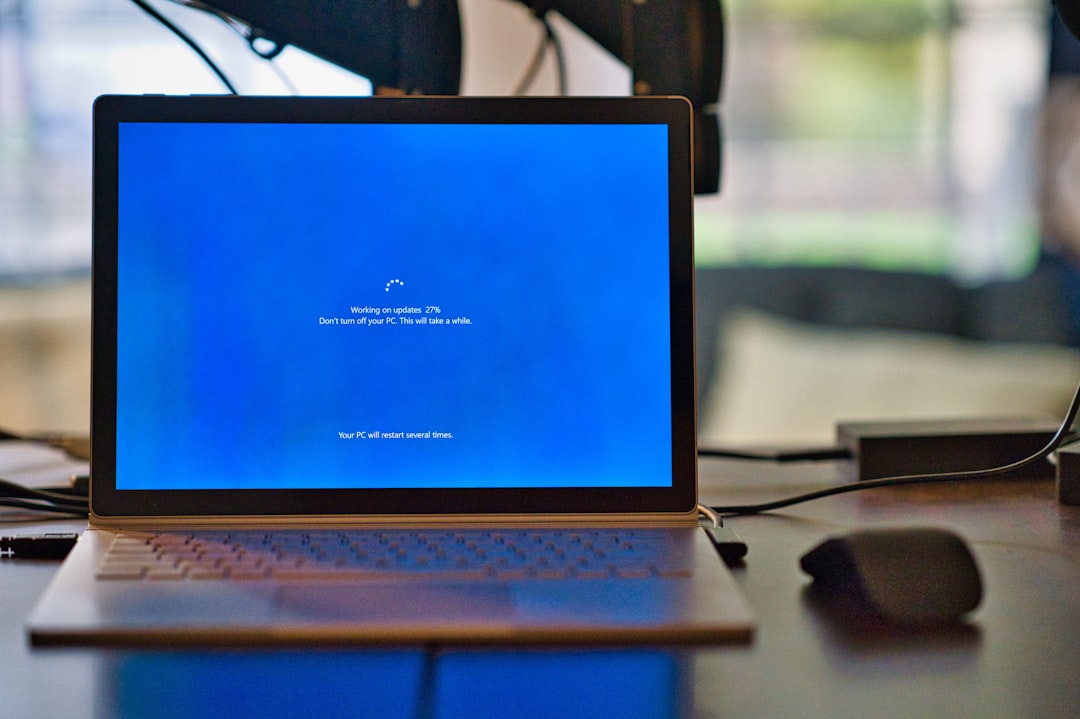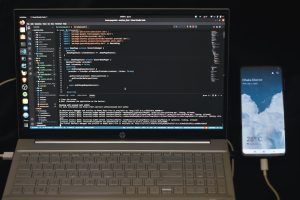
If you’ve been keeping up with the latest developments in Windows, you’ve likely heard about Windows Recall. This feature, introduced by Microsoft, is designed to help your system “remember” what you’ve done on your computer—capturing snapshots of your activity for productivity and efficiency. While some users may find this tool helpful, many are expressing deep concerns about privacy and data security.
Whether you’re uncomfortable with your PC tracking your every move or simply want to lighten your system’s load, removing Windows Recall can be a wise decision. In this complete guide, we’ll walk you through every step of how to safely and effectively remove Windows Recall from your Windows PC.
What Is Windows Recall?
Windows Recall is a background service that logs your screen activity and stores historical snapshots. It’s aimed at boosting multi-tasking and allowing users to revisit onscreen activities. However, anything that captures and stores personal data opens the door to potential vulnerability.
The upside? It’s not baked into the core of Windows—you have the power to remove it.
Why You May Want to Remove Windows Recall
Here are just a few reasons why users may choose to uninstall or disable Windows Recall:
- Privacy Concerns: Stores screen data, potentially exposing sensitive information.
- Storage Usage: Continuously saves snapshots, which can consume disk space over time.
- Performance Impact: Acting as a background process, it may use CPU and RAM resources.
- Redundancy: Many users find manual organization methods or cloud backups more reliable.
Step-by-Step Guide to Removing Windows Recall
To completely remove Windows Recall, follow these steps carefully. While some steps are fairly simple, a few will require administrative privileges. Make sure to back up your system before making significant changes.
1. Uninstall via Settings (If Available)
In some builds of Windows, Recall can be uninstalled directly:
- Navigate to Settings > Apps > Installed Apps.
- Look for Windows Recall in the list of installed software.
- If listed, click it and select Uninstall.
Note: If it’s not listed, don’t worry. We’ll cover alternative removal methods next.
2. Disable Through Group Policy Editor
This option is available only on Windows Pro, Enterprise, or Education versions:
- Press Windows + R, type gpedit.msc, and press Enter.
- Go to Computer Configuration > Administrative Templates > Windows Components > Windows Recall.
- Double-click on Enable Windows Recall and set it to Disabled.
- Click Apply and then OK.

3. Remove Background Services
If Recall is running as a background service, you can stop and disable it manually:
- Open Task Manager with Ctrl + Shift + Esc.
- Go to the Services tab and look for anything named Recall.
- Right-click and select Open Services.
- Find the same service, double-click it, click Stop, and change the Startup type to Disabled.
4. Delete Program Files and Data
To ensure no leftover files remain, follow this extra cleanup step:
- Navigate to the installation directory, typically under:
C:\Program Files\WindowsRecallorC:\ProgramData\Microsoft\Recall. - Delete the entire folder.
- Empty your Recycle Bin.

5. Use a Third-Party Uninstaller (Optional)
Stubborn programs may need a more aggressive tool:
- Revo Uninstaller
- Geek Uninstaller
These tools perform deeper scans for leftover registry keys and hidden components.
Final Thoughts
While Windows Recall may offer conveniences for specific workflows, it’s not necessarily for everyone. The great thing about Windows is its flexibility and user control—by following the steps in this guide, you can fully remove Recall and regain control of your digital environment.
Always remember: your PC should work for you, not the other way around.

If you’re looking for more privacy tips, or want to explore alternatives to productivity features like Recall, stay tuned for our other guides and breakdowns of Windows tools and services.






